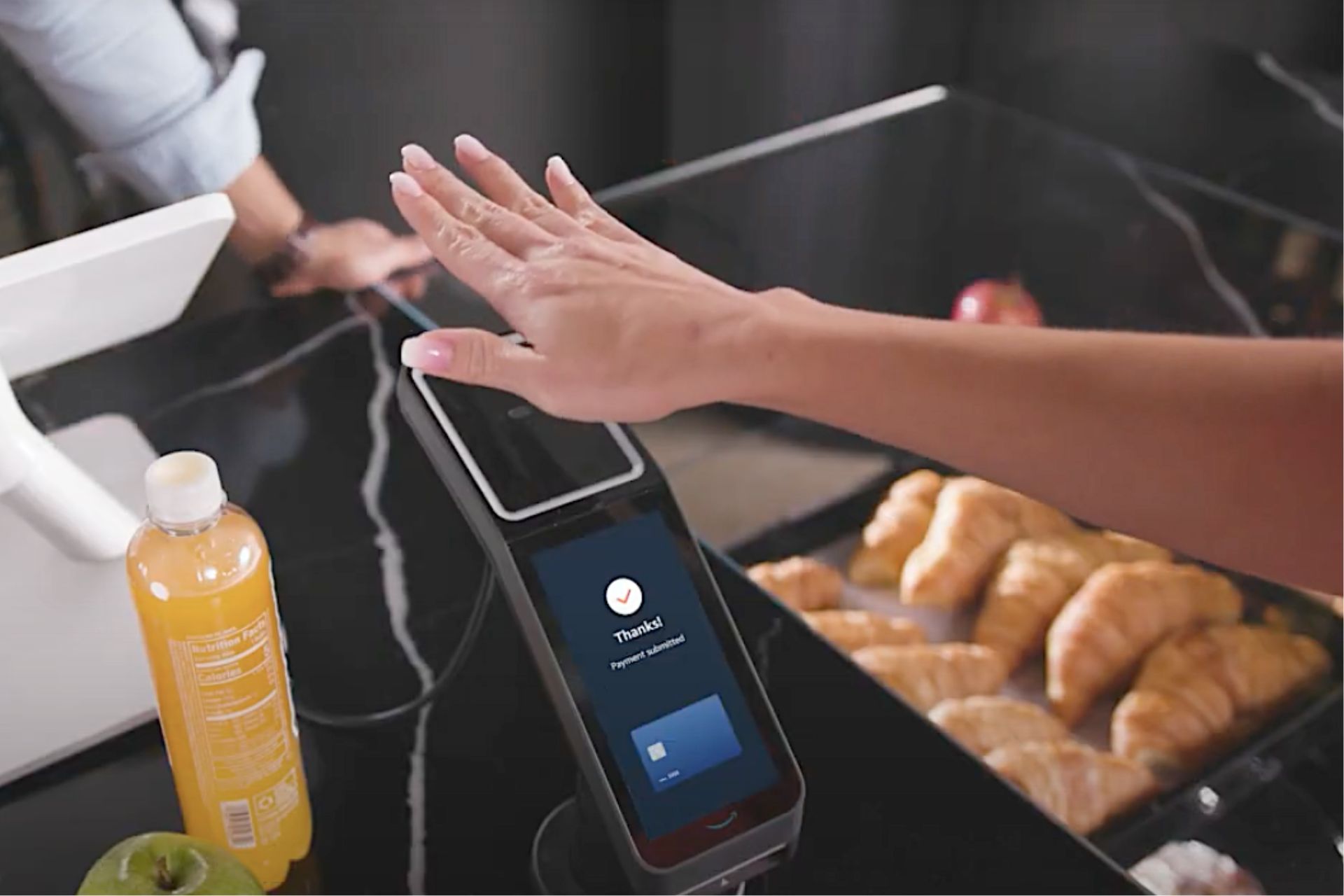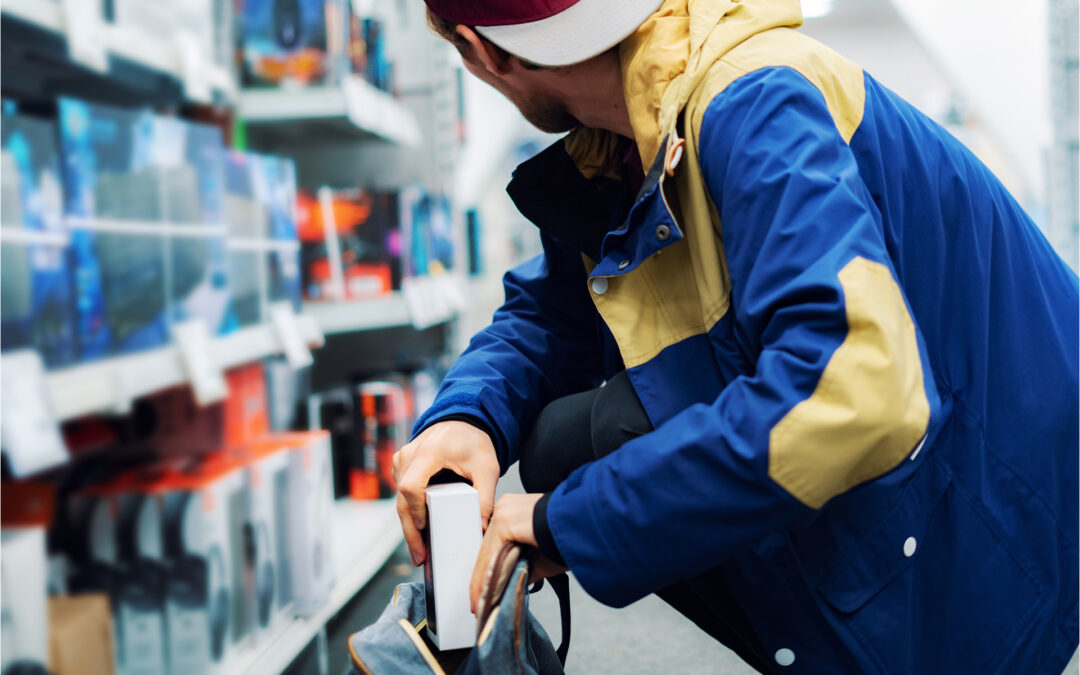The new Amazon One app gives consumers the ability to create an online profile by logging into their Amazon accounts taking photos of their palms and entering payment methods. Once signed up, customers can start using Amazon One for payment, entry, age verification and loyalty rewards recognition by hovering their palms over the devices in operation at Whole Foods Market stores in the United States, other Amazon retail operations and more than 150 third-party locations in stadiums, airports, fitness centers, convenience stores, among others. Even before the launch of photo-based sign-up, consumers have used Amazon One more than 8 million times, with more than 80% of shoppers who use the service at Amazon and Whole Foods Market stores choosing to do so repeatedly.
Amazon developed the app using generative AI to create synthetic palm images, which were critical in training machine-learning models. Now, AI powers Amazon’s latest innovation, the ability to match a camera phone photo with near-infrared imagery from an Amazon One device while still maintaining a highly accurate and secure service, Kumar wrote. The Amazon One app analyzes palms and their underlying vein structure to create a unique numerical, vector representation called a palm signature for identity matching. Amazon One delivers 99.9999% accuracy, Amazon said. With the new function, the company ensures that level of accuracy by comparing vector representations of palm images from the Amazon One app with the vector representation of palm and vein images from an Amazon One device. The comparison allows the company to confirm the person hovering his palm over the Amazon One device is the same person who signed up for the service using the app. Amazon maintains the encrypted customer data involved in a secure AWS cloud domain, Kumar pointed out.
Amazon has plans for AI beyond palm-print identification.
Already an Amazon partner, Anthropic announced it signed up to use AWS as the company’s primary cloud provider for mission critical workloads, including safety research and future foundation model development. Amazon defines foundation models as those data scientists use as a starting point to develop machine learning models so they can develop applications more quickly and cost-effectively than can be done building an AI function from scratch.
In the deal, Anthropic will use AWS Trainium and Inferentia chips to build, train and deploy its future models, according to Amazon. Anthropic has made a long-term commitment to provide AWS customers around the world with access to future generations of its foundation models through Amazon Bedrock. An AWS managed service, Bedrock provides secure, easy access to the industry’s widest choice of high-performing, fully managed foundation models, Amazon asserted, along with a compelling set of features including best-in-class retrieval augmented generation, guardrails, model evaluation and AI-powered agents that can help customers build highly-capable, cost-effective, low-latency generative AI applications.
Amazon has opened access to the most powerful Anthropic AI models on Bedrock. The Claude 3 family of models demonstrate advanced intelligence, near-human levels of responsiveness, improved steerability and accuracy, and new vision capabilities, Amazon reported. Industry benchmarks demonstrate Claude 3 Opus, the most intelligent of the model family, has set a new standard, outperforming other models available today in the areas of reasoning, math, and coding, Amazon indicated.
Amazon previously announcement it would invest up to $4 billion in Anthropic for a minority ownership position in the company. Amazon made an initial investment of $1.25 billion and now has committed the $2.75 billion that brings its total investment in Anthropic to $4 billion.
“We have a notable history with Anthropic, together helping organizations of all sizes around the world to deploy advanced generative artificial intelligence applications across their organizations,” said Dr. Swami Sivasubramanian, AWS vice president of data and AI. “Anthropic’s visionary work with generative AI, most recently the introduction of its state-of-the art Claude 3 family of models, combined with Amazon’s best-in-class infrastructure like AWS Tranium and managed services like Amazon Bedrock further unlocks exciting opportunities for customers to quickly, securely, and responsibly innovate with generative AI. Generative AI is poised to be the most transformational technology of our time, and we believe our strategic collaboration with Anthropic will further improve our customers’ experiences, and (we) look forward to what’s next.”





